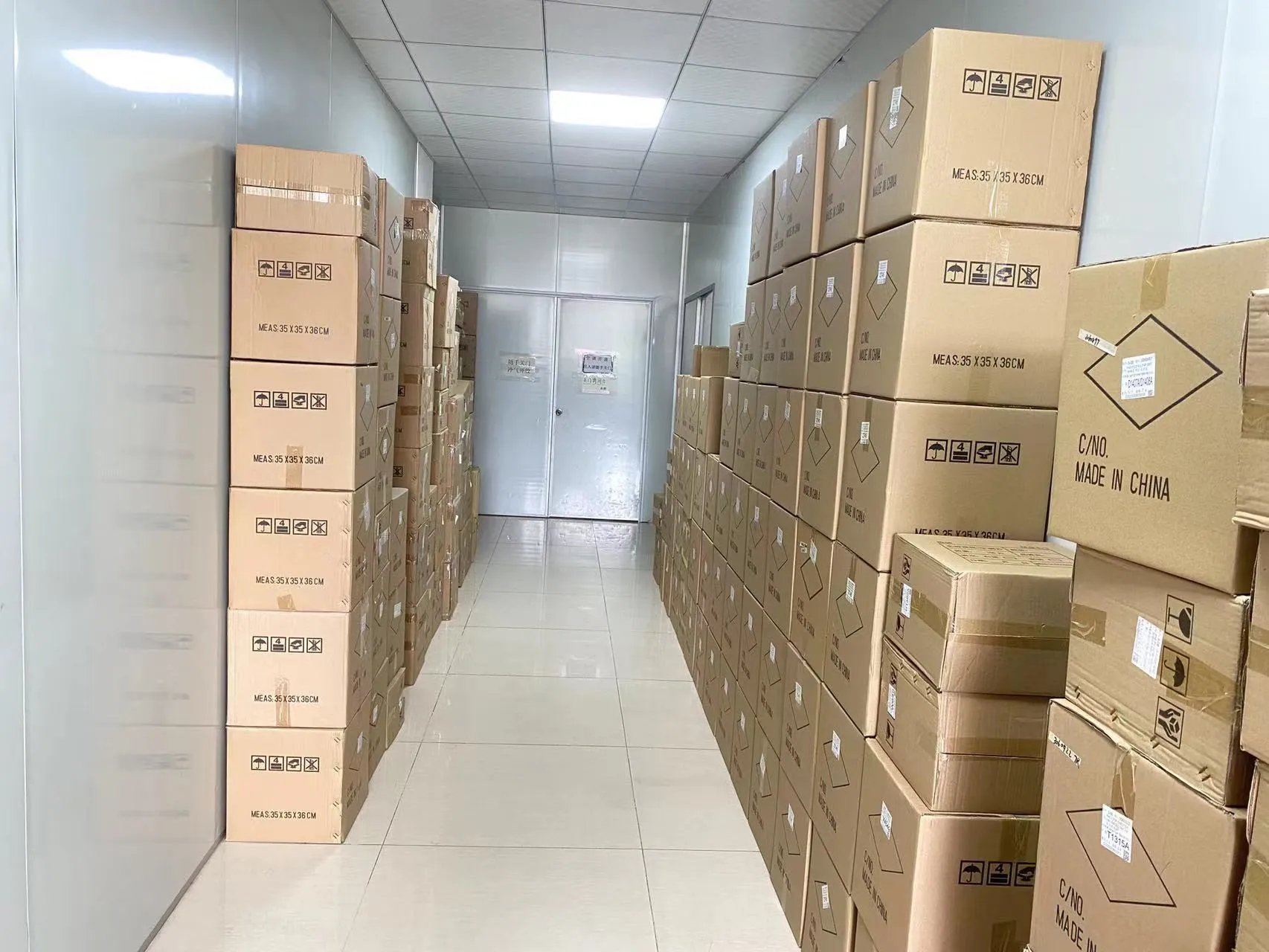Understanding Spring Contact Connectors: Essential Insights for Electrical Professionals
Release time:
2025-05-03
Spring contact connectors play a significant role in ensuring reliable electrical connections in various applications, particularly within the realm of low-voltage equipment and contactors. These connectors utilize a spring mechanism to maintain consistent pressure against the surfaces being connected, which enhances electrical conductivity and reduces the risk of disconnection due to vibrations o
Spring contact connectors play a significant role in ensuring reliable electrical connections in various applications, particularly within the realm of low-voltage equipment and contactors. These connectors utilize a spring mechanism to maintain consistent pressure against the surfaces being connected, which enhances electrical conductivity and reduces the risk of disconnection due to vibrations or thermal expansion.
One of the primary benefits of spring contact connectors is their ability to provide a secure and stable connection without the need for additional fasteners or tools. This tool-free assembly is particularly advantageous in environments where time and ease of installation are critical. Additionally, spring connectors are designed to accommodate a range of wire sizes, making them versatile across different applications.
In the context of low-voltage contactors, spring contact connectors are often utilized to facilitate quick and efficient connections between devices. They are commonly found in control circuits, automation systems, and various industrial equipment, where reliable connections are paramount for operational safety and efficiency. The reliable contact achieved through these connectors can help prevent electrical failures that may lead to costly downtime or safety hazards.
Moreover, the design of spring contact connectors allows for a certain degree of flexibility in installation. Their compact nature enables them to be used in tight spaces, which is often a requirement in modern electrical installations. The connectors can also withstand significant mechanical stress, making them suitable for demanding environments that experience regular movement or vibration.
It is also essential to consider the maintenance aspect of spring contact connectors. While they are designed for durability and longevity, regular inspection is recommended to ensure optimal performance. Checking for signs of wear, corrosion, or loosening can help maintain the integrity of the connection over time.
Professionals in the electrical field should be well-acquainted with the various specifications and compatibility requirements of spring contact connectors. Understanding the proper ratings, such as voltage and current carrying capacity, is crucial to selecting the appropriate connector for specific applications. Additionally, familiarity with the installation standards and best practices can enhance user safety and system reliability.
In conclusion, spring contact connectors represent a fundamental component in the electrical and low-voltage sectors, bringing reliability, ease of installation, and versatility to various applications. By grasping their features and benefits, professionals can make informed decisions to enhance their electrical systems' performance and safety.






